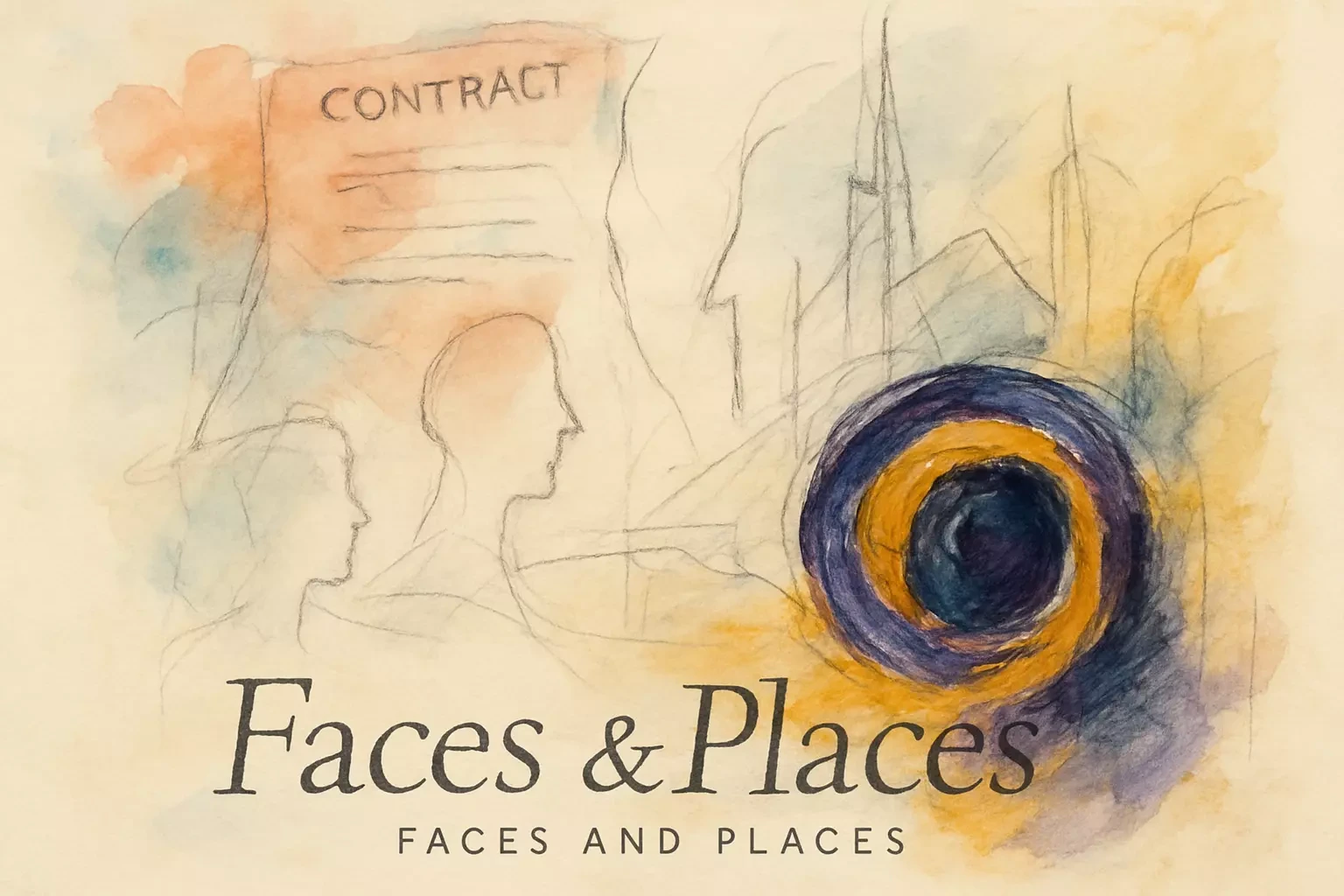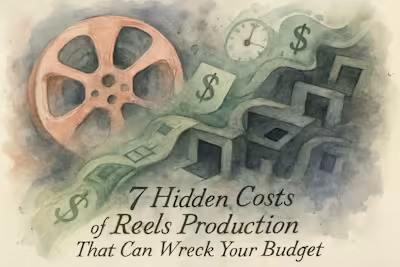Faces & Places: A Simple Guide to Model and Property Releases for Reels

Faces & Places: A Simple Guide to Model and Property Releases for Reels
What is a Model Release? (The 'Faces')
When is a Model Release Required?
What About Filming People in Public?
Key Elements of a Model Release Form
What is a Property Release? (The 'Places')
When is a Property Release Required?
What about Recognizable Buildings, Art, or Logos?
Key Elements of a Property Release Form
Special Considerations
Working with Minors
Do My Own Employees Need to Sign a Release?
Best Practices for Your Videographer
Make Releases a Pre-Production Requirement
Clarify Responsibility in Your Contract
Conclusion
References
Faces & Places: A Simple Guide to Model and Property Releases for Reels
What is a Model Release? (The 'Faces')
When is a Model Release Required?
What About Filming People in Public?
Key Elements of a Model Release Form
What is a Property Release? (The 'Places')
When is a Property Release Required?
What about Recognizable Buildings, Art, or Logos?
Key Elements of a Property Release Form
Special Considerations
Working with Minors
Do My Own Employees Need to Sign a Release?
Best Practices for Your Videographer
Make Releases a Pre-Production Requirement
Clarify Responsibility in Your Contract
Conclusion
References
Posted Jun 30, 2025
Filming people or private property for your Reels? You might need a release form. Understand when model and property releases are necessary to avoid legal trouble down the line.









